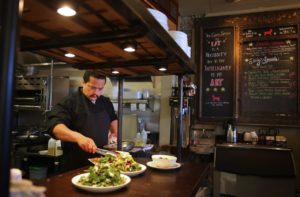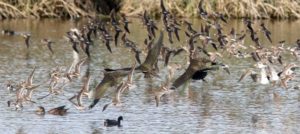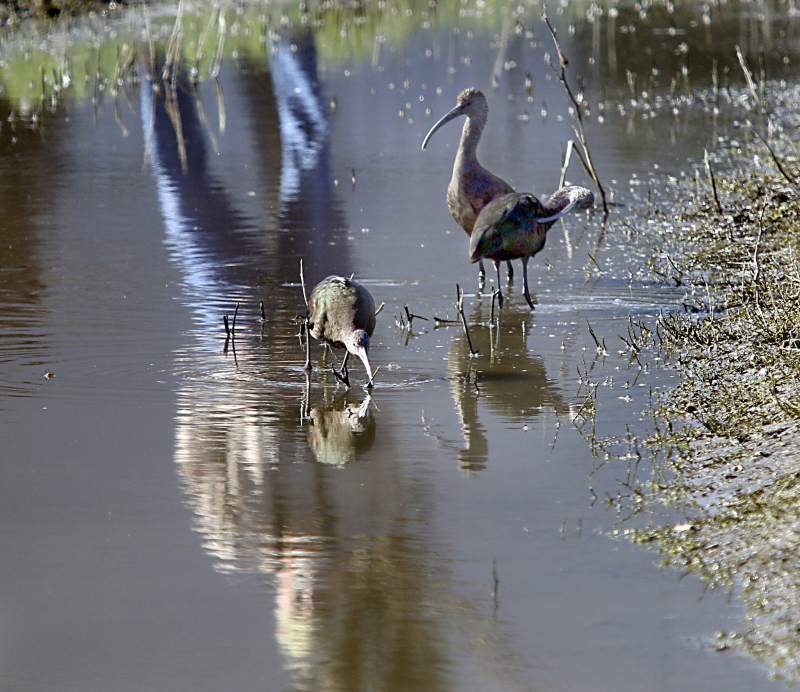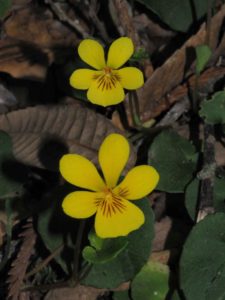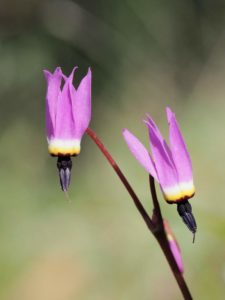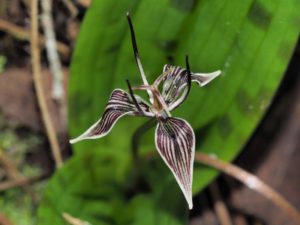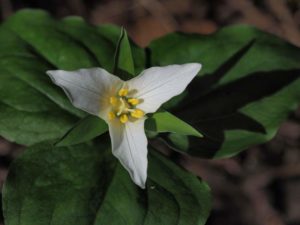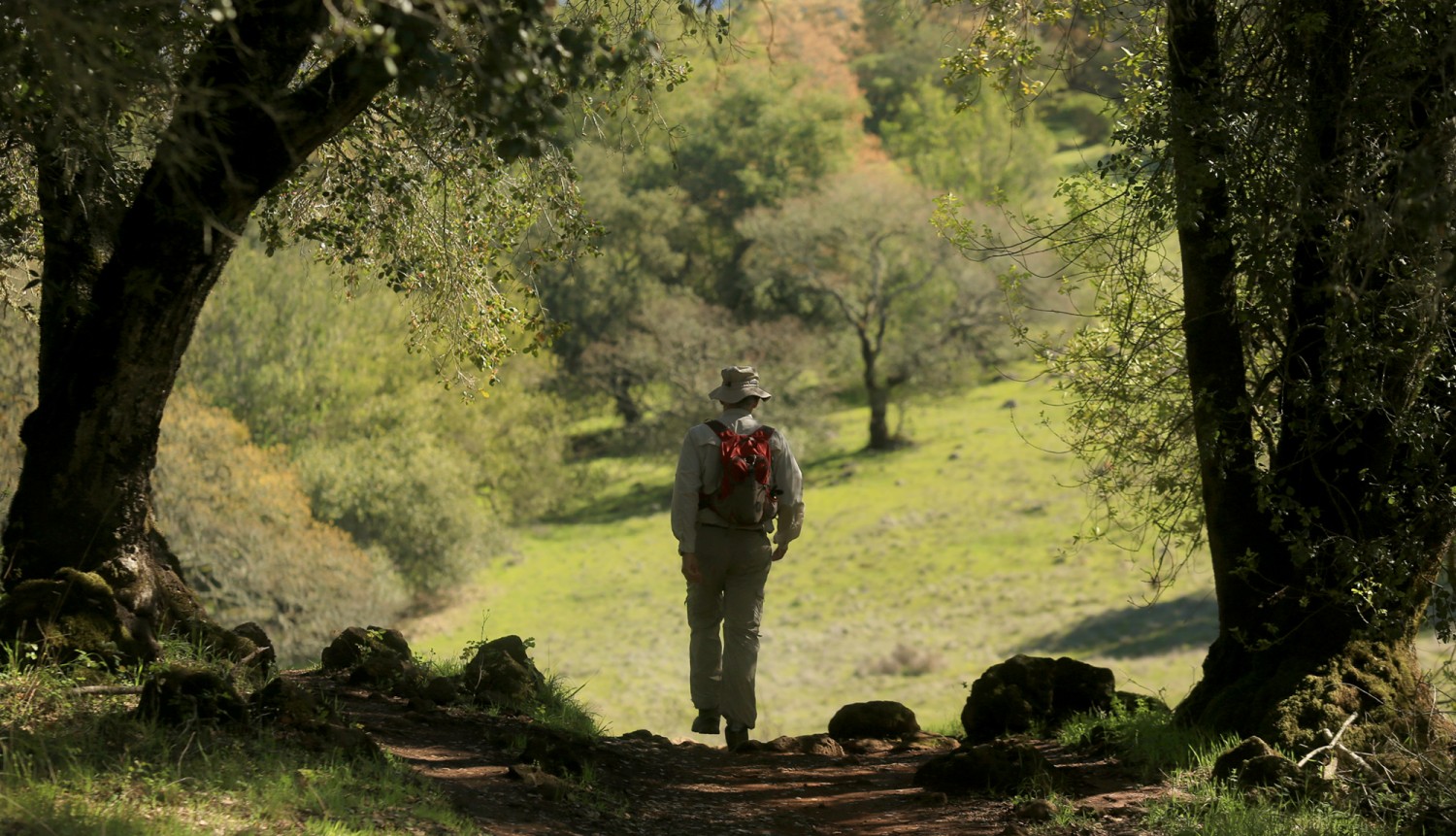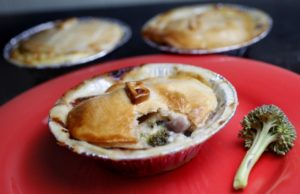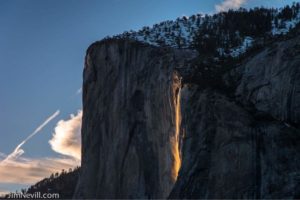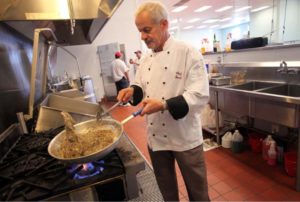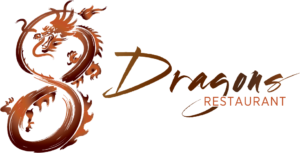The two chefs were having a good time at Wild Goat Bistro in Petaluma.
“Gutty note,” said one guy to the other. “It won’t take long, it’s just a ball of cheese.”
Then he started humming, as he prepared the real dish: The Nutty Goat, a signature platter with a large round of warm local chevre crusted in chunky pistachio and dried fruit crumbles, presented with toasted pepitas and orange marmalade for spreading on crostini ($11).
Throughout the evening, the duo bantered, teasing the servers and nimbly excusing themselves when it was learned that no one would be eating the French-cut pork chop that night. They were missing a key ingredient for the popular winter creation, served with polenta cake, Brussels sprouts, Nueske applewood smoked lardons, Madeira and pan jus ($23).
“Either the meat company forgot to deliver it, or we forgot to order it,” one chef said with a shrug.
That playful nature is just one of the many charms of this 20-seat café, where every chair — including four at the front counter and four at the window overlooking the edge of the riverfront — offers a view and eavesdropping privileges into the kitchen. Servers smile at us; regular customers greet each other; and it’s not tacky to look at other guest’s dinner plates and admire their meals out loud.
Owner Nancy DeLorenzo clearly has put a lot of personal attention into her Cal-American eatery, and since the place opened in 2010, it has become a locals’ favorite, requiring some geographical knowledge since it’s hidden in the back of the historic, 1854 brick Great Petaluma Mill.
It’s tiny, indeed, housed in space once used as a butcher’s wild game storage locker. You’ll see a small sign and a few patio tables outside, but you’ll have to enter the Mill itself to find the front door.
The Goat recently expanded, adding another two dozen seats in the Mill’s entry hallway, including a long communal table.
And in October, DeLorenzo opened The Social Hall right next door, bringing another dining room and private party space. This area is more modern than original, decorated in mostly reclaimed materials that include a floor made from 100-year-old hop house siding saved from the scrap heap by Heritage Salvage.
In the Goat proper, stone walls are hung with local artwork for sale, menus are affixed to wood clipboards, and specials are hand-drawn on chalkboards, while the new hall is sleek with leather banquettes and polished wood.
While the chefs like their jokes, they’re serious about coaxing the best flavors from their ingredients, no matter how basic.
A Get Chopped salad is classic Cobb, but the way every Cobb dreams it could taste. Baby greens are layered with Mary’s chicken breast, bacon, sliced egg and avocado slabs so fresh they practically dance under the creamy blue cheese dressing ($9 small/$14 large).
Off-the-Hook salad puts art into Nicoise, too, molding the line-caught albacore, olives, sun-dried tomatoes, capers and baby greens into a tidy tower, capping it with sliced egg and rimming it with kalamata olives, crisp green beans and fingerling potato drizzled in sparkly bright lemon olive oil vinaigrette ($10/$15).
The broth is little more than white wine, lemon and herbs for the Beans-N-Greens bowl, meanwhile, but the dish is sumptuous, nearly a stew, with giant, al dente Rancho Gordo and Iacopi Farms heirloom legumes tumbled with soft, salty braising greens ($7.50).
Excellent ingredients also elevate the 10-inch Fig and Pig pizza ($15.50), arriving as six slices of thin crust, golden-edged pie topped in housemade fig spread, prosciutto, fontina, Grana Padano, goat and blue cheeses finished with arugula.
The sweet-tangy fruit gets a lusty jolt from the bleu cheese, the greens add a shot of pepper, and each bite is complex.
Such balance would make the sandwiches better, though. The Favorite Burger ($16) brings a fine Niman Ranch patty, bacon, blue cheese and aioli, but it’s overwhelmed by the thick baguette roll that could easily hold double the meat.
I ended up dismantling it, removing the clever skewer of sautéed fingerling potatoes holding the sandwich together and pulling the bread apart to make a more beefy chew.
It was the same problem with a daily special chicken Parmesan ($13), with the breast pounded thin and ever-so-slightly pan-burned on its lightly breaded edges, as I like it.
I discarded half the bread and wished for a lot more arugula, lemon aioli, marinara and the entirely meager mozzarella topping.
Perhaps the fanciest dish here is the duck two ways, of pan seared Liberty breast and leg confit, though the recipe remains relaxed and comforting with mixed root vegetables and smashed red potatoes ($28).
“Can you do a duck?” I heard the server say as she put my order in. The comedian chef replied, “Well, I can give it the old college try.”
He nailed it.
We don’t have to ask what’s for dessert. It’s on display on the counter, tempting with glass-topped stands bearing home-baked cakes like chocolate hazelnut or salted caramel chocolate (all $7.50/slice).
They’re all delicious, but the Italian lemon cream cake is light, fluffy and brimming with a tart silken interior that brings a clean finish to our meal. It’s a pride of Petaluma, this Gild Woat — um, Wild Goat.
Wild Goat Bistro
Where: 6 Petaluma Blvd. North, #A5, Petaluma
When: 11:30 a.m. to 9 p.m. Mon.-Thurs.; 11:30 a.m. to 9:30 p.m. Fri. and Sat.; 11:30 a.m. to 8:30 p.m. Sun.
Reservations: (707) 658-1156, wildgoatbistro.com
Cuisine: California, American
Price: Expensive, entrées $13-$28
Corkage: $15
Stars: ** ½
Summary: Hidden in back of the historic Great Petaluma Mill, the charming spot pleases with Cal-American comfort food fancied with superb ingredients. Tuna Nicoise, Beans-N-Greens and Liberty duck are stars.


